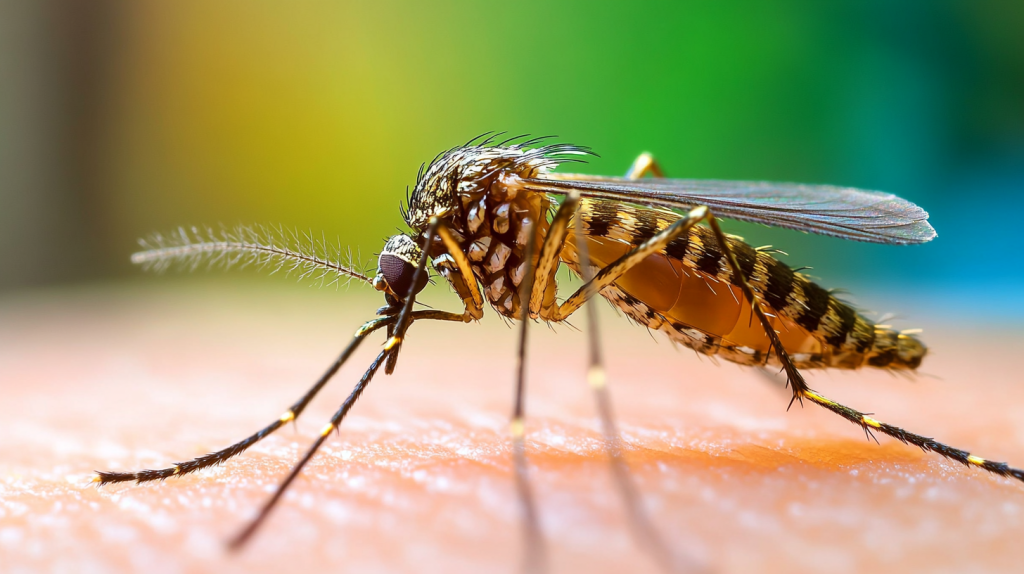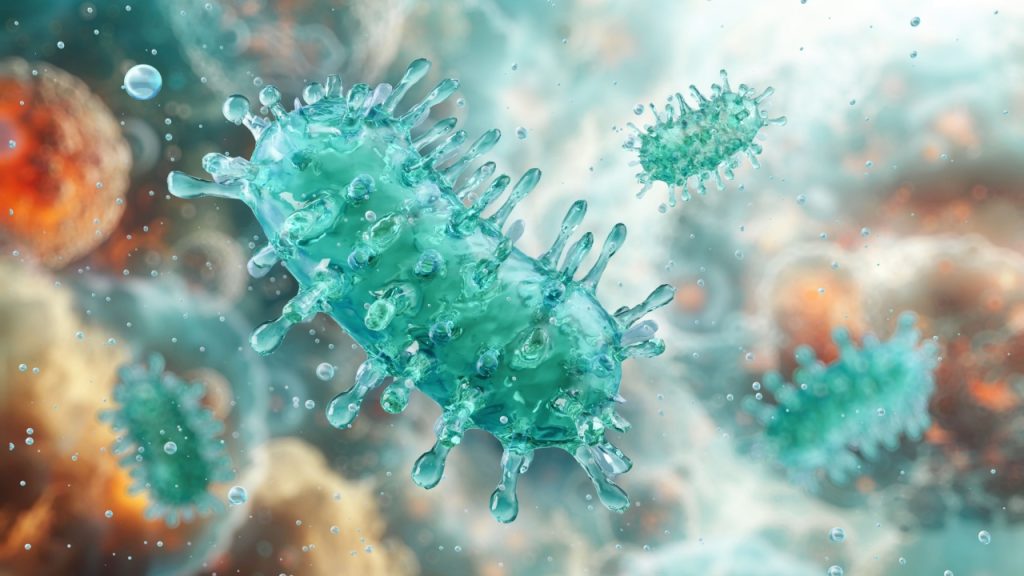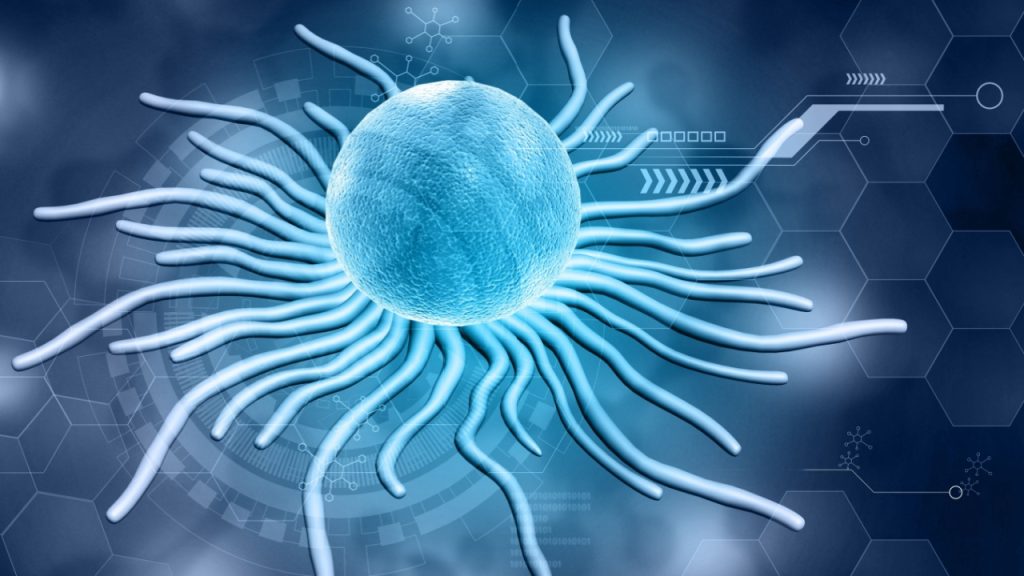In a world where we often fear large predators, the most dangerous creatures are often too small to see. These microscopic menaces have shaped human history, causing pandemics and altering the course of civilizations. From bacteria to viruses, parasites to prions, these tiny terrors pack a deadly punch. Despite their size, they’ve claimed more lives than all the world’s apex predators combined. Get ready to explore the invisible world of nature’s most efficient killers!
Plasmodium falciparum

This microscopic parasite is the main cause of malaria, a disease that’s been a scourge on humanity for millennia. Transmitted by mosquitoes, P. falciparum invades red blood cells, causing fever, chills, and potentially fatal complications. It claims hundreds of thousands of lives each year, making it one of the deadliest tiny terrors on Earth.
Variola virus

The variola virus, responsible for smallpox, was once one of humanity’s greatest foes. This virus caused disfiguring sores and had a mortality rate of up to 30%. It killed an estimated 300 million people in the 20th century alone before being eradicated through vaccination in 1980.
Mycobacterium tuberculosis

The bacterium behind tuberculosis (TB) has been infecting humans for thousands of years. It primarily attacks the lungs, causing persistent cough, fever, and weight loss. Despite advances in treatment, TB still claims over a million lives annually, especially in developing countries.
Vibrio cholerae

This waterborne bacterium is the culprit behind cholera, a severe diarrheal disease that can kill within hours if left untreated. V. cholerae has caused seven global pandemics since 1817, demonstrating its potential for rapid spread and devastating impact.
HIV

The Human Immunodeficiency Virus (HIV) attacks the immune system, leaving the body vulnerable to other infections. Without treatment, it leads to AIDS, a condition that has claimed millions of lives worldwide. While modern treatments have made HIV manageable, it remains a global health challenge.
Rabies virus

Rabies is a viral disease that affects the nervous system, causing aggression, confusion, and paralysis. Once symptoms appear, it’s almost always fatal. While rare in developed countries due to vaccination, rabies still kills tens of thousands globally each year, primarily in Africa and Asia.
Clostridium botulinum

This bacterium produces botulinum toxin, the most lethal toxin known to science. Just one gram could kill over a million people. C. botulinum causes botulism, a rare but serious illness that can lead to paralysis and death.
Naegleria fowleri

Nicknamed the “brain-eating amoeba,” N. fowleri is a free-living amoeba found in warm freshwater. If it enters the nose, it can travel to the brain and cause a fatal infection. While infections are rare, they’re almost always deadly, with a fatality rate over 97%.
Ebola virus

The Ebola virus causes a severe, often fatal hemorrhagic fever. Outbreaks of this virus have terrified communities with its high mortality rate and gruesome symptoms. While rare, Ebola outbreaks can spread quickly and overwhelm healthcare systems.
Influenza virus

The flu might seem common, but influenza viruses can be deadly. The 1918 Spanish flu pandemic killed an estimated 50 million people worldwide. Even today, seasonal flu claims hundreds of thousands of lives annually, especially among the elderly and immunocompromised.
Streptococcus pneumoniae

This bacterium is a leading cause of pneumonia, meningitis, and sepsis. It’s particularly dangerous for young children and the elderly. While vaccines have reduced its impact, S. pneumoniae still causes significant morbidity and mortality worldwide.
Prions

Prions are misfolded proteins that can cause fatal neurodegenerative diseases like Creutzfeldt-Jakob disease in humans and “mad cow disease” in cattle. These bizarre pathogens are incredibly resistant to conventional sterilization methods and can incubate for years before causing symptoms.
Cryptococcus neoformans

This fungus is found worldwide and can cause severe infections in people with weakened immune systems. It’s particularly dangerous for HIV/AIDS patients, often causing a life-threatening form of meningitis.
Entamoeba histolytica

This protozoan parasite causes amoebiasis, a condition that leads to severe diarrhea and liver abscesses. It’s estimated to infect about 50 million people worldwide annually, causing tens of thousands of deaths.
Staphylococcus aureus

While often harmless, this common bacterium can cause serious infections, especially in healthcare settings. Some strains, like MRSA, are resistant to many antibiotics, making them particularly dangerous and difficult to treat.



